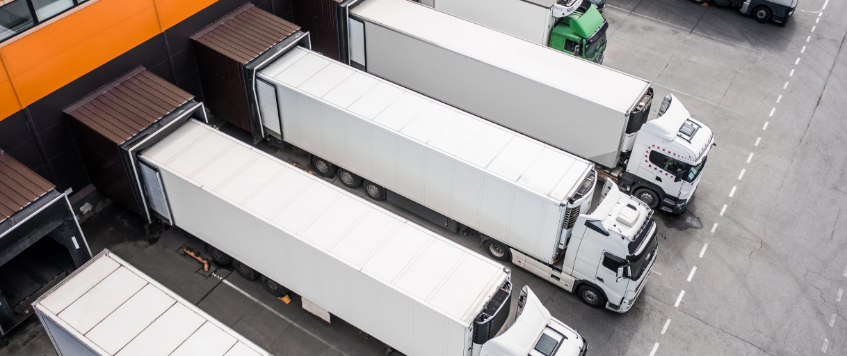-
04
Feb
5 Differences between LTL & FTL Freight
What is LTL?
Less than Truckload is a form of transportation on the surface that, similar to full Truckload, makes use of semi-trucks. In addition, however, it hauls multiple freights from shippers in the exact vehicle.
- Perfect for shipments of one to six pallets (or fewer than 12 linear feet)
- Shipping over six pallets is usually a good possibility for the LTL in bulk or Truckload shipping in part
What is FTL?
Full Truckload refers to the transportation of materials using semi-trucks.
The most popular equipment is an 8-class tractor with 53 dry van trailers; however, refrigerated deck trailers are also popular.
- Only one freight carrier’s cargo moves onto the truck.
- The shipper doesn’t have to take up the entire truck but has reserved the truck’s total capacity.
5 Differences between LTL and FTL:
- Accuracy:
LTL:
Transporters will inspect the product once it has arrived at the source terminal. Most shipments pass through a device that scans pallets automatically to identify the weight and dimensions.
Suppose the device results differ from the specified number for the product. In that case, the LTL carrier will revise the freight classification. The result can lead in an update to the price.
FTL:
After loading, the truck driver can stop at a weigh station to ensure the truck is not over the limit set by the law of 80,000lbs.
In other words, there isn’t any further examination of the item until the receiver ruptures the seal at the dock at the product delivery.
- Freight Class:
LTL:
Prices for various products can vary significantly even in the same lane, with the same amount of pallets. The whole thing is dependent on the shipping’s freight class.
All LTL carriers employ a freight classification system to categorize the commodities and determine the price.
18 classes are in total in freight dispatch service that ranges between Class 50 (cheapest) to Class 500 (most expensive).
FTL:
In general, the Truck Dispatch Company carriers don’t need to focus on the commodity’s exact specifications.
The answer to whether or not the package is dangerous and legal weight is mostly enough to determine precise pricing.
- Accessorial Charges:
LTL:
It only costs a small amount of trailer capacity that is spread out over multiple warehouses and drivers.
As mentioned previously, LTL carriers need to ensure maximum efficiency to maintain cost-effective pricing structures. Therefore, any event that causes delays or interruption will typically cause additional costs.
In this case, it’s crucial to keep in mind the cost savings total against the full Truckload.
FTL:
The truck driver will have the full focus from pickup to delivery. Since a single truck dispatching typically is a long period for the driver, full truckload carriers are somewhat more patient.
For example, the 15-minute detention period or driver assistance three days of transit isn’t that important in terms of accessorial.
- Time:
LTL:
The transit process is rarely straight. That’s why it’ll typically take longer than the full truckloads. In addition, delivery dates depend on estimates (unless you purchase a premium to guarantee the quoted time).
Many LTL truck dispatch companies claim to have rates of service exceeding 90%. However, it can differ based on the lane and the truck dispatching service.
FTL:
A dispatch company takes up the goods at the shipping point. It then directs the vehicle to the consignee or recipient. If the truck driver is punctual in his pickup, transportation is guaranteed.
If there’s an equipment breakdown, the driver will arrive using an equation. That depends on the total distance and time of operation, speed limit, and the estimated amount of traffic.
LTL:
Throughout an LTL shipment, you can anticipate your item to unload and load from warehouses and trailers. It happens multiple times before reaching at the destination.
The majority of LTL deliveries are in quality condition. However, the higher handling of the product means more risk of damage to Truckload.
Lastly, it is essential to package properly and protect your products for LTL shipping.
FTL:
The shipper loads the product at the origin and seals it onto the trailer. Furthermore, the driver transports the item straight to the location to deliver.
Conclusion:
Selecting the right shipping method is important for saving the time of the customer and money for your company. Mostly, LTL offers a cheaper option when it comes to smaller loads. However, if the load is heavier than the amount, irregular shape, or takes up more space then FTL is a better fit.
It’s wise for people to know to price for both options. In some cases, FTL is a good choice, no matter if your load leaves space on the truck. If you have LTL or FTL truck dispatch services, look no further than Aim Dispatch! Contact us today.

